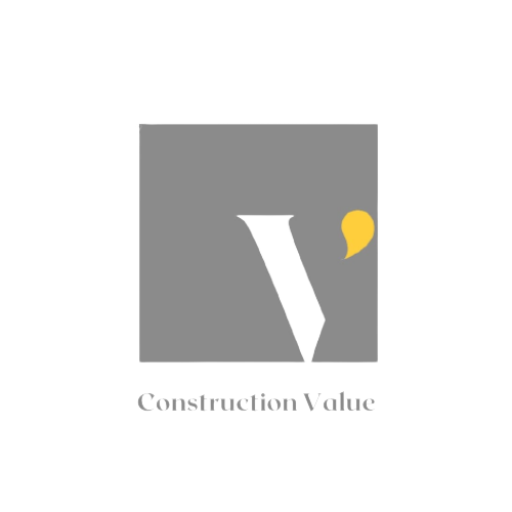
Excellence in Excavation and Backfilling
Earthwork in excavation and backfilling of soil upto required depth is required for construction of foundation and trenches. The proper sequence of excavation and backfilling is required to optimise the process and prevent safety issues. Excavation and backfilling of soil is a very important part of construction process, and care must be taken while excavation in safety perspective. Different soil layers may be encountered while excavation, dewatering may be needed sometimes. These points must be kept in mind to take necessary action during excavation and backfilling. Correct measurement of excavation and backfilling is required because excavation cost is major part of the foundation construction.
Soil Excavation and Backfilling
In excavation, cut and fill is the process of constructing a railway, road or canal whereby the amount of material from cuts roughly matches the amount of fill needed to make nearby embankments, so minimizing the amount of construction labor. Various sections of a roadway design will require bringing in earth.
Construction project management is a process that helps you to manage your construction projects effectively. It involves planning, organizing and controlling all resources required for the successful completion of a project.
Construction projects can be divided into 5 stages:
1. Planning and design
2. Acquisition of materials and equipment
3. Construction process management
4. Completion of project and handover to owner
5. Maintenance, repair and operations
Construction project management is a process that involves five key activities: planning, organizing, staffing, directing and controlling. Planning and design:
- Ideation and Research: The first step of construction project management is to plan and design the process carefully. It includes collecting all necessary information about the project (scope, requirements), then analyzing it to determine how much time and money will be required for completion.
- Define and Plan the Project : The next step is to define and plan the project. This involves creating a scope statement, which includes all the requirements of the project and its deliverables. The scope statement defines what needs to be done and how much time, money and resources are required to complete it.
- Determine Roles : At this process we determine the roles of the team ,With the many parties involved in any construction project, you need to clearly define the role of each. This clarifies everyone’s responsibilities, enables you to hold team members accountable, and prevents confusion and delays. When all team members know their role in the project and how to accomplish their tasks, redundancies disappear and tasks don’t slip through the cracks.
- Finalize and Execute Construction Plans : at this stage we proceed the building process Before actual construction kicks off, project managers should meet with the appropriate stakeholders to review the plan and ensure everyone is on the same page. While there’s a good chance you’ll have to deal with unexpected difficulties and changes as the project progresses, failing to obtain explicit buy-in before construction begins all but guarantees that you’ll face additional challenges along the way.
